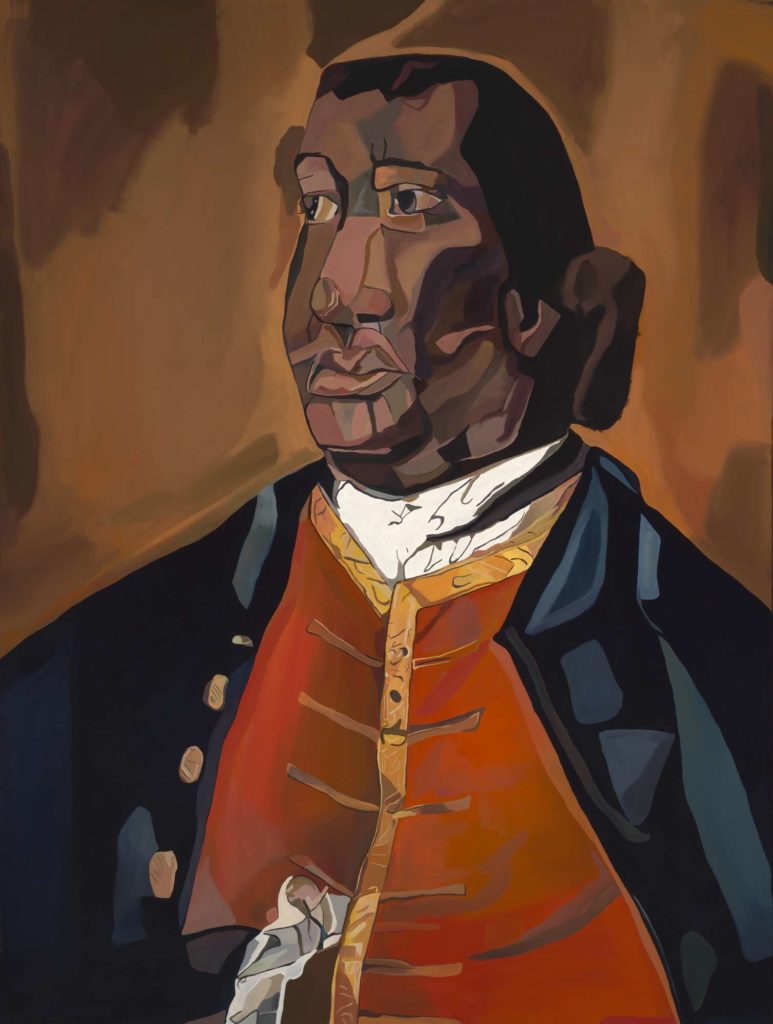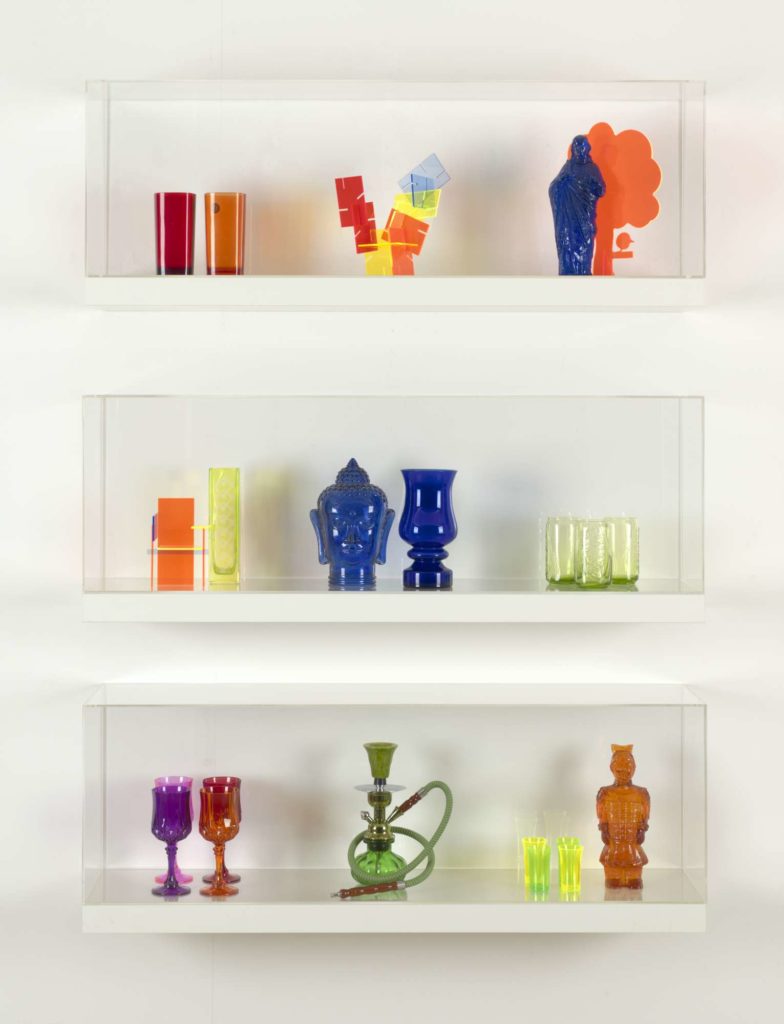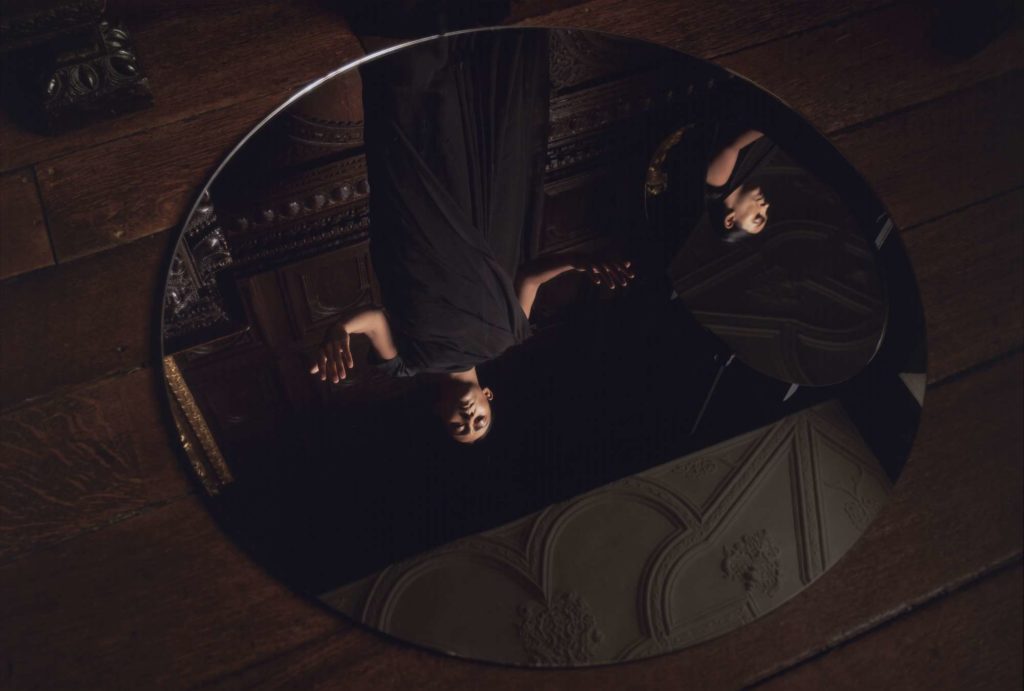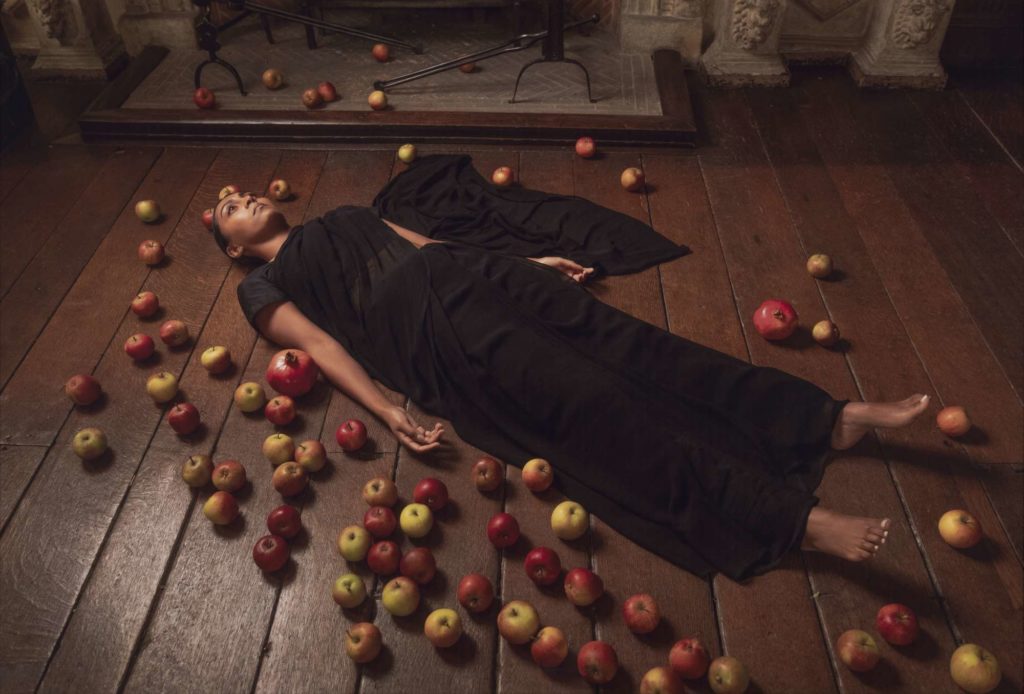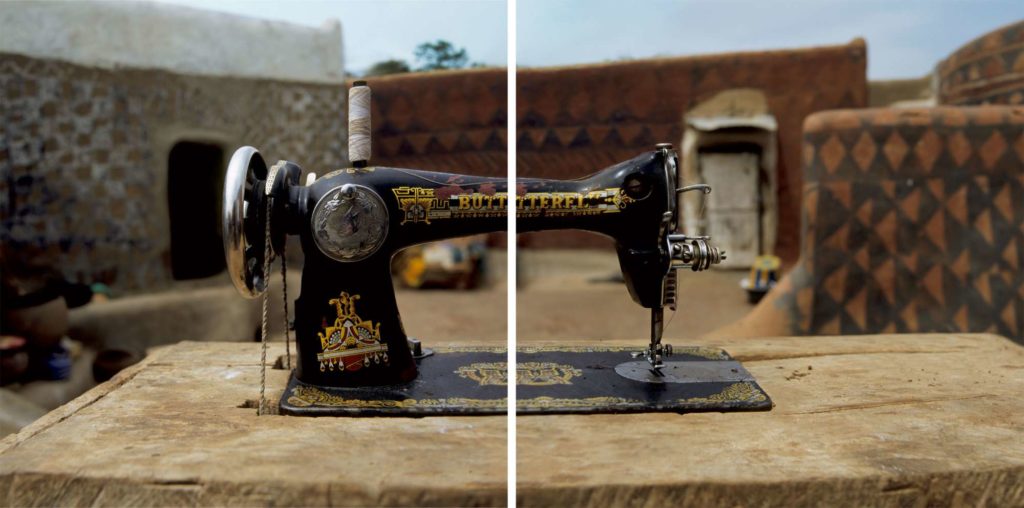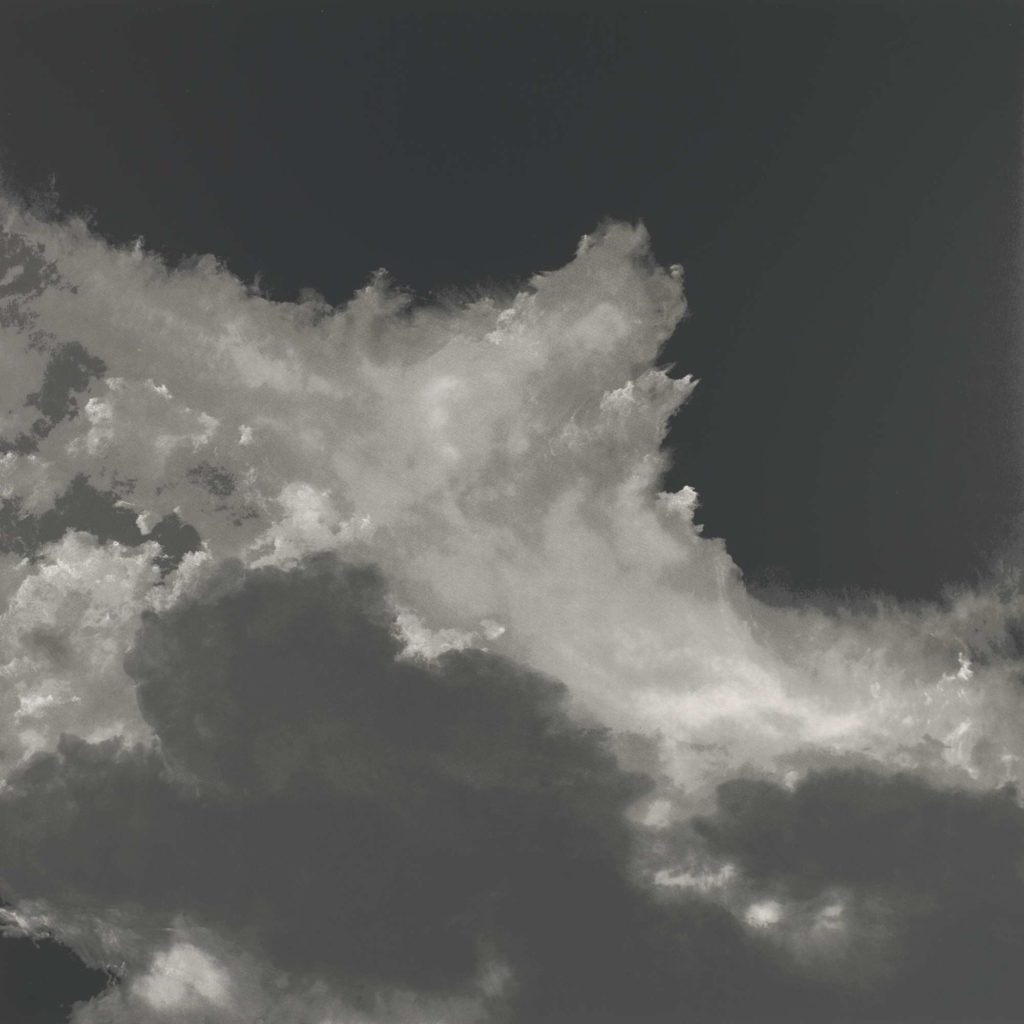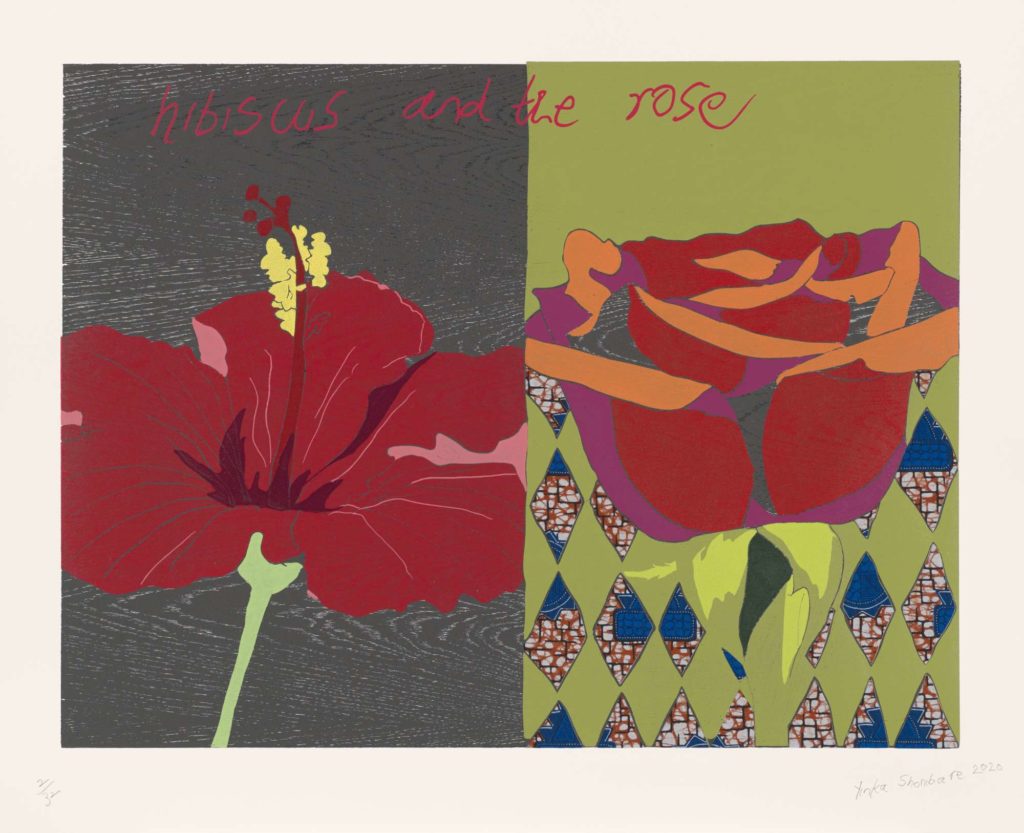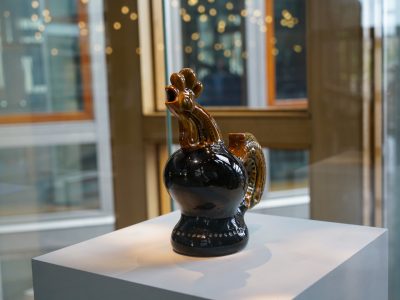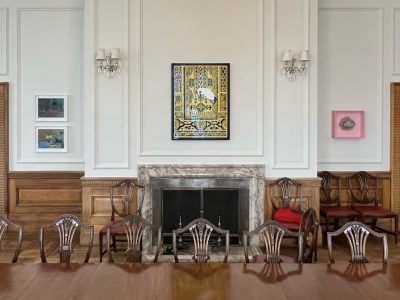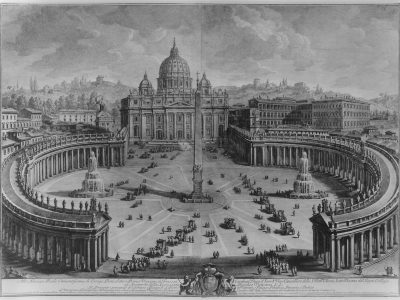Joy Labinjo, Portrait of Ignatius Sancho, 2022
Joy Labinjo’s large portrait of Ignatius Sancho pays homage to the first British African to vote in 1774. It also acknowledges the significant connections between Sancho and the site of the FCDO building. Born into slavery and brought to England, Sancho became an acclaimed writer and composer, significantly influencing the abolition movement. He started his own business as a shopkeeper on Charles Street in London, close to where the FCDO building is today (click to see the plaque on the building commemorates his shop).
Labinjo draws from the only known portrait of Sancho – a small painting made in 1768 by Thomas Gainsborough (now in the National Gallery of Canada, Ottawa). The process of repainting and reimagining Sancho’s portrait has involved a complex dialogue between the artist and her subject. Her brushstrokes bring warmth, movement and vitality to his image. Experimenting with shade, colour and solidity, she discovers new possibilities in a face that had been fixed into a single portrait.
